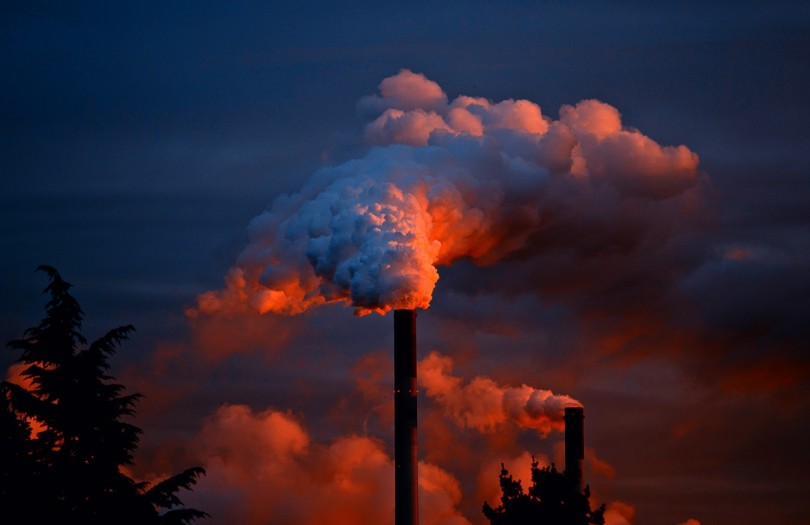Is Autonomous Driving coming to the UAE?
26 Apr 24
Lab ChatThe Global News Source for the World of Science and Chemicals
22 July 2022
Enviro Chat
The Saudi government-owned oil company Saudi Aramco has announced a target of gathering 11 million tonnes from its carbon capture utilisation and storage (CCUS) programme by 2035. That puts it on a par with a similar goal outlined by QatarEnergy, who have also earmarked the same figure by the same date, while the Abu Dhabi National Oil Company (ADNOC) in neighbouring UAE is hoping to achieve a CCUS capacity of five million tonnes by 2030.
The Saudi Aramco CCUS target is part of a broader policy by the company to reach carbon neutrality by 2050, while the national government are hoping to do the same by 2060. The moves come as the region is waking up to the reality that its vast reserves of fossil fuels will become decreasingly valuable in a world transitioning towards decarbonisation.
Historically, countries in the Arab Gulf such as Saudi Arabia, Qatar and the UAE have built immense wealth from their extraction, refining and exportation of oil and gas. However, the twin pressures of climate change and global warming are forcing politicians and corporations to move towards a cleaner energy profile, which is why the Middle Eastern nations are looking to diversify their energy and economic portfolios.
CCUS is expected to play a major role in that transition. By capturing harmful gases such as CO2 at the effluent stage, and then either pumping them into underground storage chambers or converting them into usable commodities, these countries can drastically reduce their carbon footprint and generate new revenue streams in the process.
As well as ramping up its CCUS capacity, Saudi Aramco is also aiming to bring down its upstream carbon intensity by 15% before 2035, as compared to a 2018 baseline. In terms of hard figures, that will reduce its intensity from 10.2kg CO2e/boe four years ago to a maximum of 8.7kg CO2e/boe in the next 13 years.
Meanwhile, the carbon captured from its various industrial sites will be used to make commercial products such as biofuels, concrete and plastics. The initiative is one method of diversifying its energy mix, with other avenues of research such as blue ammonia, blue hydrogen, natural gas and other low-carbon fuels expected to play important roles going forwards, too.
Of those R&D projects, blue hydrogen is a particularly interesting subject for Saudi Aramco and will benefit from the increased CCUS capacity. The company is hoping to produce some 11 million tonnes of blue ammonia by 2030, the majority of which will be used to transport hydrogen and thus boost the environmental credentials of that fuel source, too.
“CCUS technologies are fundamental to the acceleration of hydrogen growth," explained a spokesman for Saudi Aramco in a statement. "We believe hydrogen has significant potential to provide a material reduction in greenhouse gases, as a global market develops over the next decade."
DOWNLOAD PDF

2 Day Seminar Program
@ ArabLab+ 2024
24 & 25 September 2024
22 Apr 24
Lab ChatYour stay in Dubai
Labkit
Product News
Chemkit
Product News
Thinking about exhibiting at ARABLAB 2024? Watch our video to find out more.
Join the world’s leading organisations…
Join our mailing list and receive the ARABLAB newsletter and event updates.